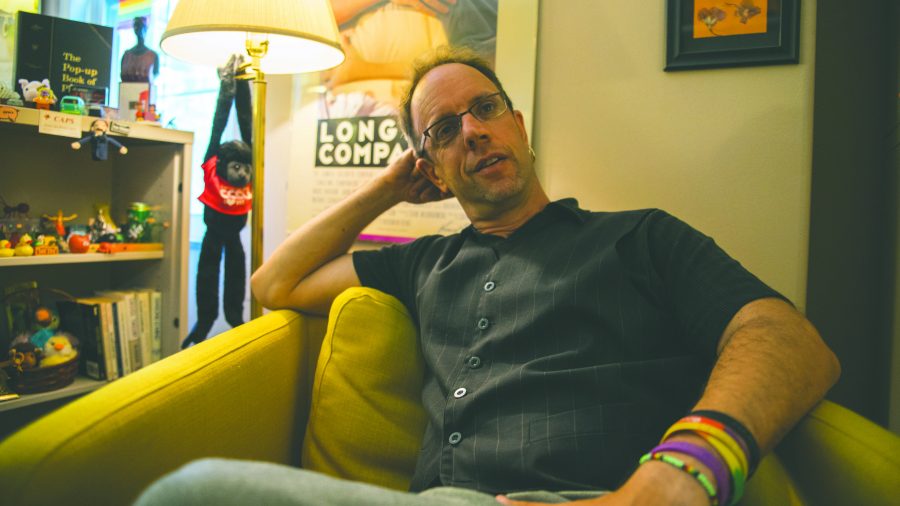A University of Iowa study recently found that faculty and staff at seven community colleges in Iowa perceive students as “being satisfied” with their mental health and well-being at best and feeling “okay” at worst.
The Scanlan Center for School Mental Health at the UI recently conducted phase one of the ‘State of Iowa Staff & Faculty Mental Health and Well-Being’ study. Findings from this phase were presented at an online event on Feb. 9.
Barry Schreier, the director of higher education programming for Scanlan, and Derek Rodgers, a research methodologist at Scanlan, worked in a team to conduct this study and present it.
The study came from a larger national study that measured staff and faculty self-perceptions of student mental health and well-being, institutional support, and staff and faculty competence and confidence to manage student distress.
“As we were setting up the higher education program at the Scanlon Center, we were recently asked ‘What’s the state of the state of Iowa?’” Schreier said. “There has never been a study done to look at our staff and faculty in the state of Iowa’s higher education systems.”
This inspired Schreier and his team to design a study, similar to the national study, looking at staff and faculty perceptions of mental health and well-being in higher education in Iowa.
Schreier attributed himself as being “the idea guy” because of his background in mental health and therefore knowing what data to look for. Rodgers was the study’s methodologist, responsible for creating a comprehensive survey that can measure reliable and valid data.
This study began by conducting phase one, which approached all the community colleges in Iowa and asked the staff and faculty to complete the survey for this study. Of the 15 community colleges in Iowa, seven agreed to participate, Schreier said.
The team saw how questions were asked on the national survey, and then adopted some of them.
“We also decided to expand the project by including a number of other measures in the survey,” Rodgers said. “We have valid and reliable measures on anxiety, burnout, and depression scales.”
The team approached the seven community colleges with the survey, with each college distributing the survey to the faculty and staff on its campus. They saw nearly a 30 percent response rate from campuses, which is unusually high, Schreier said.
Rodgers said this was indicative of people’s interests and concerns with the issues.
“It gives us a lot of social validity moving forward so I’m very happy about that, both from a methodological standpoint and a practical standpoint,” Rodgers said.
When looking at overall findings, Schreier said that at worst, these seven community colleges were doing okay. At best, many staff and faculty were pleased with the state of mental health and well-being on their campus and how their campus was responding.
RELATED: Study shows nationwide increase in mental-health treatment among college students
“Many staff and faculty members were highly endorsing that they would like more training on how to be responsive to and supportive of our students,” Schreier said. “We really found on these community college campuses that they like those communities of care.”
After collecting this data from phase one, the team is moving on to phase two of the study. As of now, the team will decide whether the study needs more phases after seeing how phase two goes.
The study aims to eventually increase the representation of students in higher education in Iowa for the remainder of the study.
“We got a pretty good sense of what is happening at these community colleges, but we want to increase that sample,” Rodgers said.
In phase two, the team plans to approach the remainder of the community colleges and all private campuses in the state of Iowa. They are also going to begin to do their research on the reagent university campuses as well, Schreier said.



